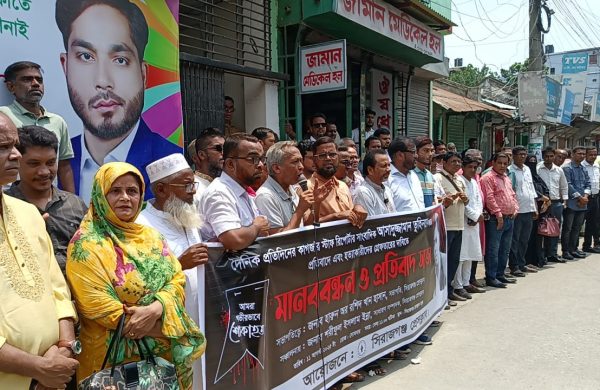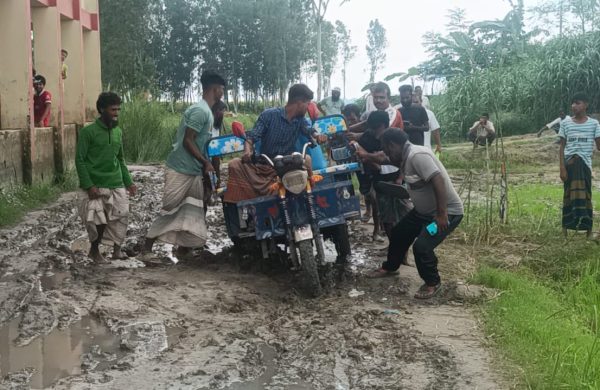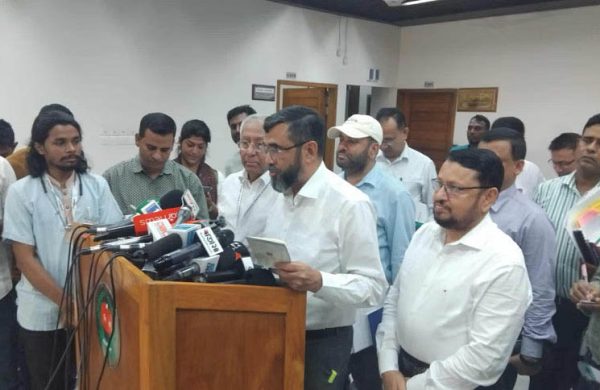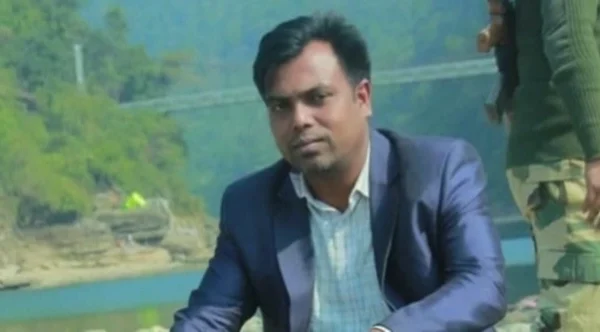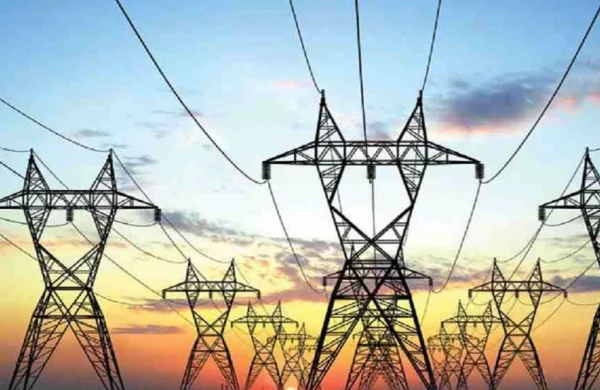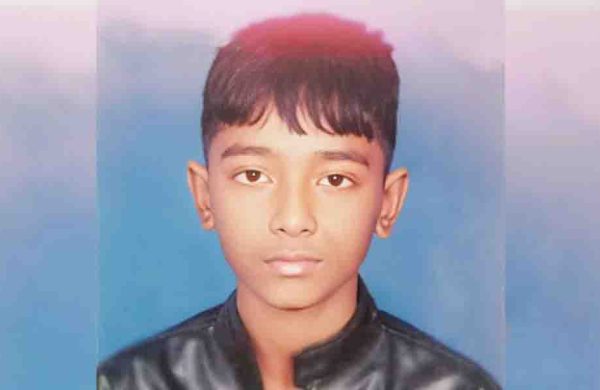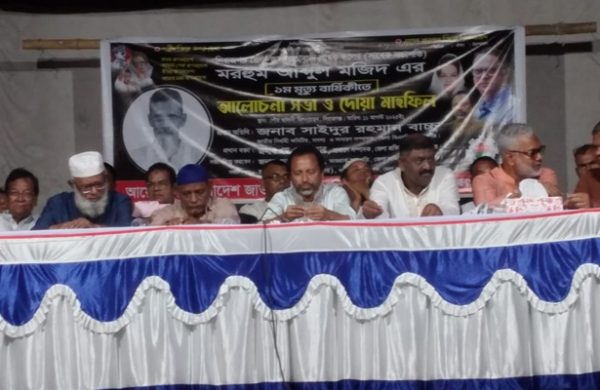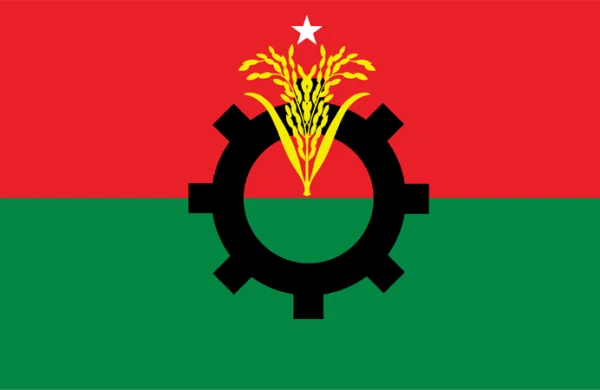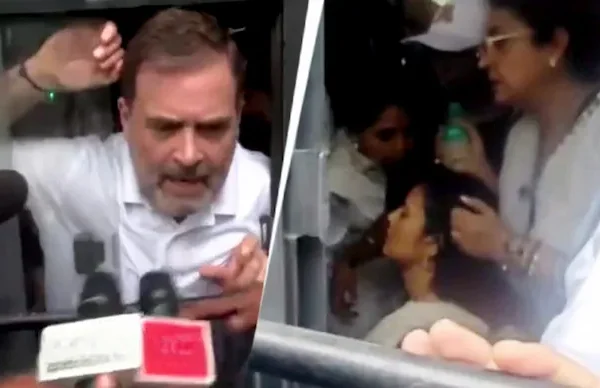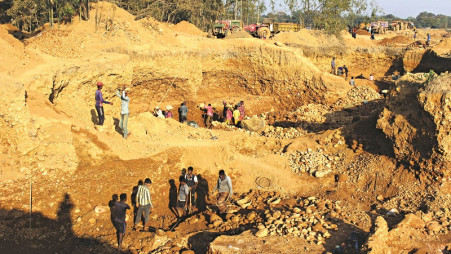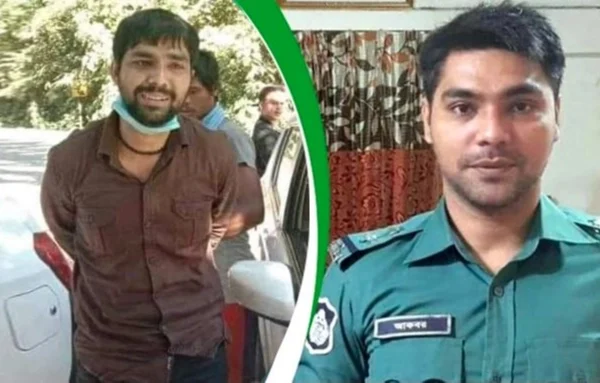7 months to go : Sloth progress on Dhaka-Jamuna Bridge Highway widening
- Update Time : Saturday, May 31, 2025

TDS Desk:
As the Dhaka-Tangail-Jamuna Bridge Highway moves toward its four-lane transformation, the journey remains fraught with delays and disruptions.
With just seven months left until the December 2025 deadline, only 40 per cent of the project has been completed, leaving travellers to endure daily traffic jams and heightened anxiety as Eid approaches.
For millions who rely on this vital artery connecting Dhaka to North Bengal, the unfinished road is more than an inconvenience—it’s a test of patience and resilience.
A LONG ROAD TO MODERNISATION
Approved by ECNEC in 2016, the project to upgrade the Dhaka-Tangail-Jamuna Bridge Highway to four lanes was meant to ease congestion and boost connectivity.
In December 2021, contractor Abdul Monem Limited was tasked with upgrading a 13-kilometre stretch from Elenga to the Jamuna Bridge.
Yet, three and a half years later, progress lags significantly. “Only 40 per cent of the work is done,” said Project Director Waresul Haque, attributing the delay to a late start under the South Asia Subregional Economic Cooperation-2 project. Despite assurances that the highway will be completed on time, work slowed after August 5, 2025, with contractors only recently resuming efforts as Eid nears.
On the ground, the highway tells a story of partial progress. The four-lane section up to Elenga bus stand is complete, but the stretch from Elenga to the Jamuna Bridge remains a patchwork of construction zones. Service lanes are unfinished, and ongoing work at multiple points exacerbates congestion.
For travellers like Nahidul Hasan, the looming Eid season brings added dread. “With livestock vehicles flooding the highway, traffic pressure will skyrocket,” he said. “An accident could grind everything to a halt.”

The file photo of under construction works of four lanes in Elenga area. (Image: Collected)
THE EID CHALLENGE
Eid has long amplified the highway’s woes, transforming it into a bottleneck of vehicles and frustrated passengers. Bus driver Abu Sayeed predicts inevitable delays, noting, “Sacrificial animal transport will increase pressure, and ongoing construction raises the risk of jams.” Another driver, Mohammad Sabuj, echoed the concern but expressed cautious optimism: “If the police manage traffic effectively, we might avoid major gridlock.”
Passengers like Safayet Hossain, travelling to Gazipur, called for broader intervention. “The army should join the police to ensure smooth movement.
“We need proactive measures to prevent chaos.” Locals also point to a pattern of rushed construction before Eid, followed by lulls, which compounds the problem. Worker protests, often sparked by unpaid wages, have further disrupted traffic in past seasons.
EFFORTS TO EASE THE PAIN
Authorities are mobilising to mitigate the impact.
Superintendent of Police Mizanur Rahman outlined a robust plan, with over 600 police officers deployed across the 65-kilometer Tangail section, supported by 25 mobile teams to ensure safety and manage traffic. “We’ve divided the highway into four sectors and will bar unfit vehicles to reduce risks,” he said.
Khandaker Iqbal Hossain, former president of the Tangail District Bus-Coach-Minibus Owners Association, emphasized collaboration. “Volunteers will work with police to keep traffic manageable, but we must also monitor old vehicles from Dhaka to prevent breakdowns,” he noted.
At the Jamuna Bridge, toll operations are being optimised for Eid. Manager Prabir Kumar Ghosh detailed plans for nine toll booths on each side, including dedicated motorcycle lanes, round-the-clock operations, and a wrecker on standby. “We’re ensuring ample change and efficient toll collection to minimise delays,” he said.
A RACE AGAINST TIME
The Dhaka-Tangail-Jamuna Bridge Highway is more than a road – it’s a lifeline for commerce, travel, and family reunions. Yet, with only 40 per cent of the four-lane project complete, the promise of smoother journeys remains elusive. Project Director Haque remains confident that the December 2025 deadline will be met, but for now, travellers face a familiar ordeal of congestion and uncertainty.
As Eid approaches, the collective efforts of police, volunteers, and bridge authorities offer hope for manageable travel. But the highway’s transformation demands more than temporary fixes—it requires a renewed commitment to timely completion. For the millions who traverse this route, the finish line can’t come soon enough. (Source: Jagonews)


